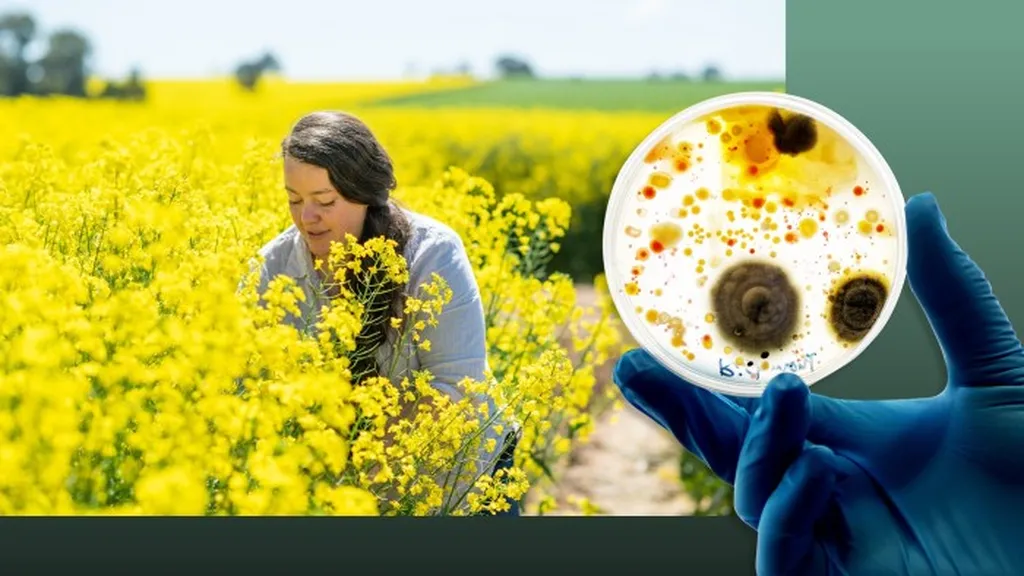In the heart of India’s Himachal Pradesh, nestled within the verdant campus of Shoolini University of Biotechnology and Management Sciences, a groundbreaking study is unfolding. Led by Nittan Sharma, a distinguished researcher at the School of Biotechnology, this work is shedding light on how plants navigate the treacherous landscape of heavy metal stress—a critical challenge for global agriculture and, by extension, the energy sector.
The study, recently published in *Discover Applied Sciences* (which translates to *Discover Applied Sciences* in English), delves into the intricate world of metabolic adaptations in plants. As Sharma explains, “Plants have evolved remarkable strategies to cope with heavy metal stress, from deploying antioxidant defenses to sequestering and chelating metals. Understanding these mechanisms is not just about botany; it’s about securing our food supply and, by extension, the stability of industries that rely on agricultural outputs.”
Heavy metals like cadmium, lead, and arsenic are becoming increasingly prevalent in agricultural soils due to industrial pollution, mining activities, and the overuse of fertilizers. These toxins can stunt plant growth, reduce crop yields, and even enter the food chain, posing risks to human health. For the energy sector, which often relies on biofuels and agricultural byproducts, this poses a significant challenge. Contaminated crops can lead to lower-quality feedstock, reducing the efficiency and sustainability of bioenergy production.
Sharma’s research highlights how plants use a combination of strategies to mitigate these effects. Antioxidant defense mechanisms, for instance, help neutralize the reactive oxygen species that heavy metals can trigger. Metal sequestration involves storing these toxins in vacuoles or other cellular compartments, while chelation binds the metals to organic compounds, rendering them less harmful. “These adaptations are nature’s way of ensuring survival,” Sharma notes. “But as the pressures on our agricultural systems grow, we need to enhance these natural defenses through innovative technologies.”
Traditional breeding methods have long been the go-to for improving crop resilience, but they come with limitations. Sharma’s work points to the promise of nanotechnology and advanced omics technologies—fields that enable precise, targeted interventions. Nanoparticles, for example, can be engineered to deliver nutrients or protective compounds directly to plants, while omics technologies allow researchers to map the genetic and metabolic responses to stress in unprecedented detail.
The commercial implications for the energy sector are profound. By developing crops that are more resilient to heavy metal stress, we can ensure a steady supply of high-quality biomass for bioenergy production. This not only enhances energy security but also supports the transition to more sustainable and renewable energy sources. “The future of agriculture is not just about feeding people; it’s about powering industries in a sustainable way,” Sharma emphasizes. “Collaboration between agronomists, technologists, and energy experts will be key to unlocking this potential.”
As the world grapples with the dual challenges of climate change and energy demand, Sharma’s research offers a beacon of hope. By understanding and enhancing the metabolic adaptations of plants, we can pave the way for a more resilient and sustainable future—one where agriculture and energy coexist in harmony. The journey is just beginning, but the path forward is clear: innovation, collaboration, and a deep respect for the natural world’s ingenuity.

